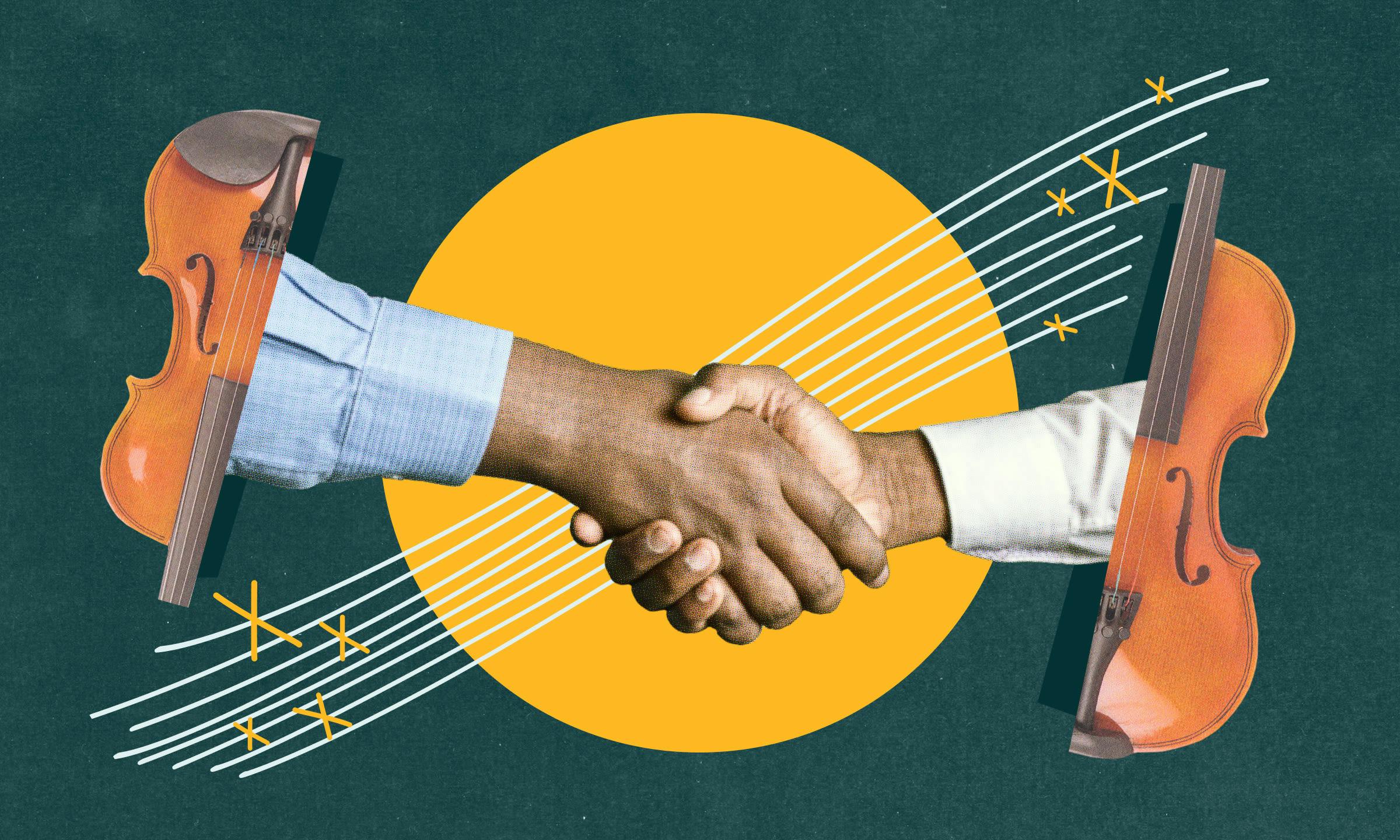An Easy Framework for Understanding Brand

What is “brand?”
This is a question that’s been asked by many organizations on many occasions, and one that’s been answered—often unsatisfyingly—many, many times.
However, it’s not for lack of trying.
And it’s not that every definition out there is necessarily wrong, either. It’s simply that the idea of “brand” is just that—an idea. And ideas are notoriously difficult to define, let alone codify and agree on.
Of course, that doesn’t mean we should stop trying to define what brand is and is not, because understanding and defining your brand, and thinking about how you’ve arrived at your definition, is crucial to understanding your business.
In his new book, Conquer Your Rebrand: Build a B2B Brand That Customers Love and Competitors Envy, Bill Kenney, co-founder and CEO of Focus Labs, a B2B branding agency that does some truly fantastic brand work, writes this:
“What is brand? Is it your product? Your company mission? Is it your track record of success, or the paper used in your packaging? Is it the way you communicate or the core values of your organization? Is it the products you push out or the culture you celebrate within? Or is it what your customers say it is? The answer is yes—brand is all of the above and more. Your brand is the entire ecosystem around your company that leads to a feeling or perception in the eyes and hearts of your customers.”
Kenny is right, and the idea of brand as ecosystem is one worth considering, because ecosystem is often defined as “a complex network or interconnected system.”
“Interconnected” is a good word to use when describing brand as well.
What I mean is that, boiled down to its essence, a brand is the sum of its parts, and all of these parts are indeed interconnected. They’re also interdependent, because when one component of a brand fails, the entire brand is in jeopardy.
In Conquer Your Rebrand, Kenny also takes a page from the world of classical music and introduces the idea of brand as orchestra, which is an idea I love, and one that I’d like to build on, since it gets to the heart of how I think about brand as well.
He writes, “It takes a full collection of instruments working in harmony to create a compelling sound…Remember, the definition of a brand is predicated on feeling…When a brand is collectively in tune, audiences recognize, relate to, and remember it.”
But what, exactly, is this feeling, and what does it mean to be collectively in tune?
This is where it gets interesting.
Hard to define, easy to feel
Imagine a symphony orchestra.
A symphony is a large-scale musical composition, usually comprised of three or four different movements. An orchestra is a group of musicians playing a variety of instruments organized into sections.
The orchestra plays the symphony.
In this extended metaphor, the orchestra is your brand and the symphony is what your audience hears—the music if you will—which is absorbed and felt and experienced by people who encounter your brand. And when that music hits their ears, they either like the way it makes them feel, or they don’t.
Your music moves them, or it doesn’t.
But what’s important here is not that everyone loves, or even likes, the symphony your brand is playing. What’s important is that your orchestra is playing the symphony you’ve composed, the music you’ve decided to play, the sound that defines you—and only you.
It’s useful to think about the instruments themselves, too.
The instruments in an orchestra are grouped into four sections, and each of these sections—strings, woodwinds, brass, percussion—represent the four components of your brand—your strategy, verbal identity, visual identity, and customer experience.
If each of those sections of the orchestra are playing instruments that are out of tune, as Kenny might say, or if they’re not in sync, as I might say—or worse, if they’re playing another symphony altogether—then what your audience is experiencing isn’t music, it is simply noise.
And I think you’ll agree that we have enough of that in our lives as it is.
Enjoy the show
I want to add one last concept to this metaphor before I play the finale. (Pun intended.)
Picture the conductor of the orchestra holding his or her baton, standing on a podium in front of the musicians, surveying the scene.
When you engage in a rebrand, the conductor is the role your agency plays. They help you select the music and tune your instruments. They guide you through rehearsal. And when it’s time for the world to hear your symphony, by which I mean launch your brand, they give you the signal to begin.
When you consider a brand that you love—whether it’s Nike or Ford or Hermes or Progressive Insurance—you’re occupying a seat in the symphony hall of an orchestra playing the music that moves you. It’s a powerful and enjoyable and—at times—enviable experience.
What it’s not, though, is the byproduct of chance.
Like good music, brands are made when talented people come together and endeavor to create something meaningful, and with intention.
It’s those specific choices to tune the instruments and polish the brass and rehearse the symphony that creates the magic of music, the magic of brand.
“Brand is predicated on a feeling,” Kenny wrote.
The feeling you get when you hear a song you love.


